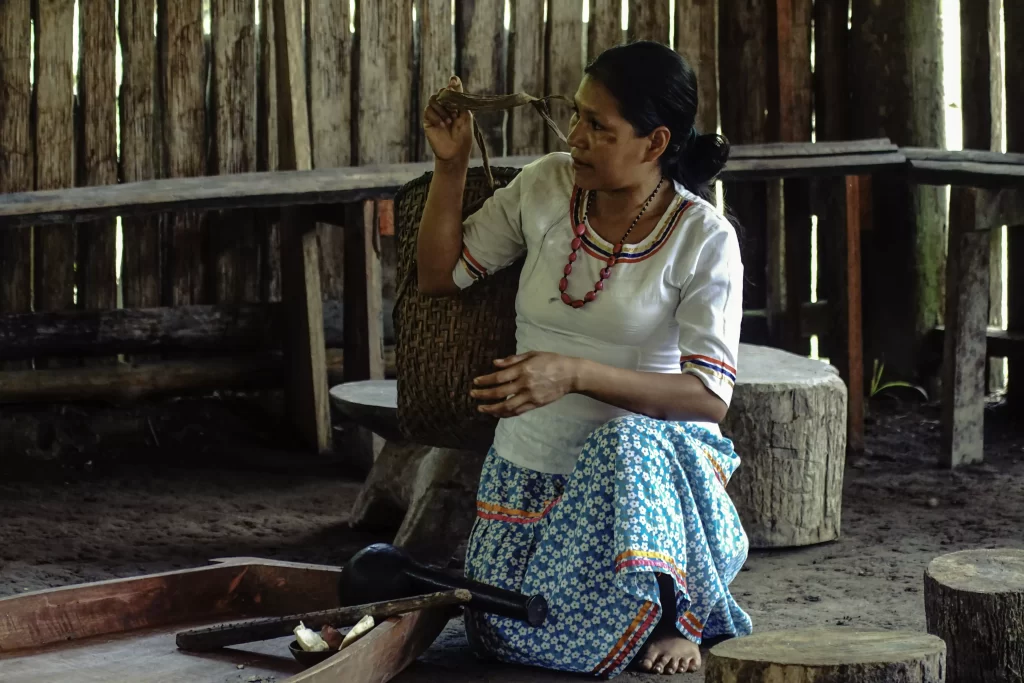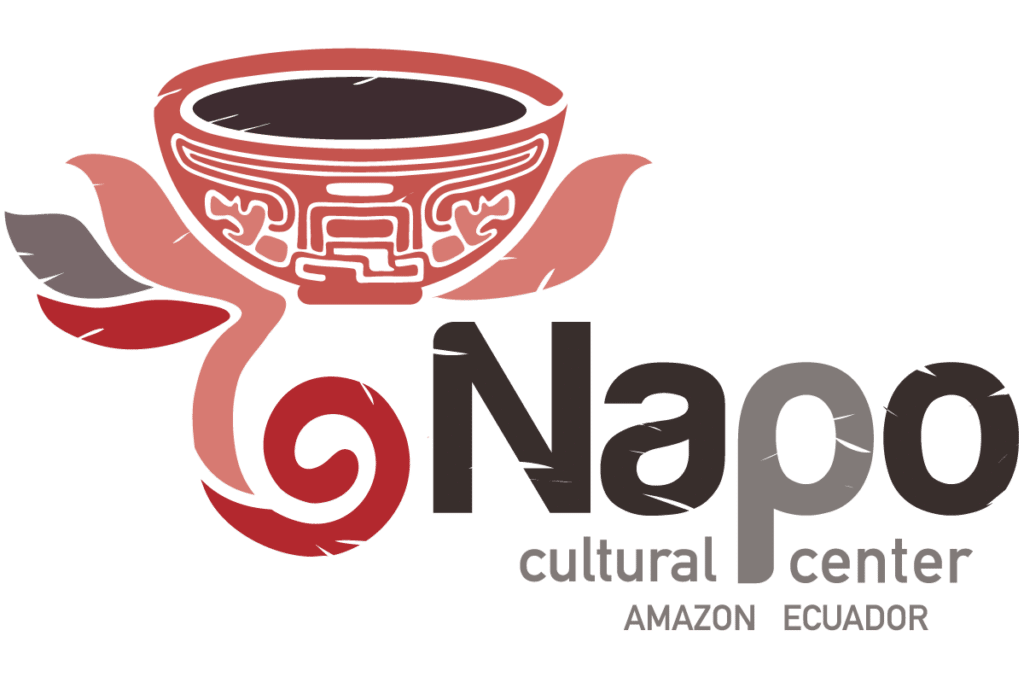Embark on a cultural and traditional exploration in the heart of the Amazon by engaging with the Kichwa community during your visit to the Napo Cultural Center. This unique experience offers a deep dive into the vibrant traditions and daily lives of the Kichwa people, the most populous indigenous group in the Ecuadorian Amazon.

Understanding the Kichwa Community
The Kichwa people, primarily located around the Napo Cultural Center, are known for their rich cultural heritage and deep connection to the land. While there are also significant populations of Huaorani and Shuar tribes nearby, the Kichwa have a distinct presence in this region.
A Way of Life
The Kichwa community primarily consists of farmers who supplement their diet with traditional hunting practices and food purchased from local markets. They possess extensive knowledge of medicinal plants and fruit trees, cultivating and harvesting crops like yucca (manioc), bananas, coffee, and cocoa.
Preserving Kichwa Traditions
Over the past few decades, the influence of urban Ecuadorian culture has led to a gradual shift in traditional practices among the Kichwa. Many have adopted Western-style clothing over traditional dress, and while most working-age men and youth speak Spanish fluently, elders and women often communicate primarily in Kichwa.
Cultural Challenges
The erosion of traditional Kichwa culture has been influenced by factors such as the expansion of the petroleum industry, modernization, globalization, and the socioeconomic challenges faced by the community. Despite these pressures, tourism has played a pivotal role in revitalizing interest in preserving traditional ways of life. Sharing their cultural heritage with visitors fosters pride and motivation among younger generations to continue their ancestral practices.
Shamans: Guardians of Knowledge
Shamans, who are often community healers and leaders, continue to practice spiritual healing and traditional medicine. Young Kichwa are eager to learn about medicinal plants, Kichwa folklore, and wildlife as becoming an indigenous guide offers one of the best career opportunities in the region.
Guides are highly respected within the community, and their commitment to preserving the delicate ecology through traditional methods, such as organic farming and hunting with blowguns instead of firearms, is widely supported.
Visiting a Traditional Kichwa Family
At the Napo Cultural Center, you have the opportunity to engage with a nearby Amazonian Kichwa family. They welcome you into their home to share their customs, daily routines, and cultural practices. Here are some of the experiences you might enjoy during your visit:
Hands-On Cultural Experiences
- Pottery Demonstration: Witness how Kichwa women use their pottery skills to create various utensils and craft items.
- Blowgun Practice: Try your hand at using a traditional blowgun, one of the primary hunting tools of the Kichwa.
- Handcrafted Goods: Purchase traditional handmade crafts, such as jewelry made from seeds or hammocks woven from palm fiber.
Culinary Adventures
- Local Cuisine: Taste dishes prepared by the matriarch, including cooked plantains, yucca, and even palm grubs for the adventurous eater.
- Traditional Beverages: Sample local drinks like “aguardiente” or “chicha,” a fermented beverage made from chewed yucca, an essential part of the Kichwa diet.
Building Connections
Respect and genuine interaction are key to a meaningful visit. Treat your hosts as friends rather than museum exhibits, and engage with them by shaking hands, playing with children, and getting to know their stories. This approach ensures a memorable and enriching experience for all.
Conclusion
Exploring the Kichwa culture at the Napo Cultural Center provides a unique opportunity to immerse yourself in the traditions and daily life of this vibrant community. By participating in this experience, you contribute to the preservation of Kichwa heritage and support sustainable tourism practices that benefit the local population.




